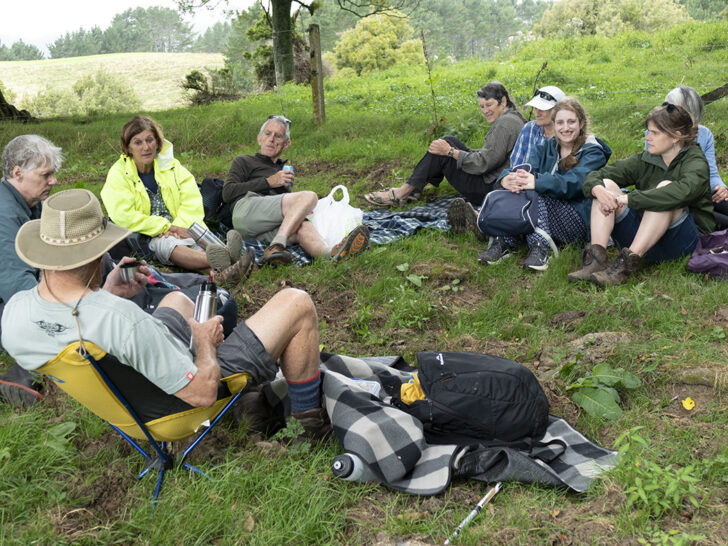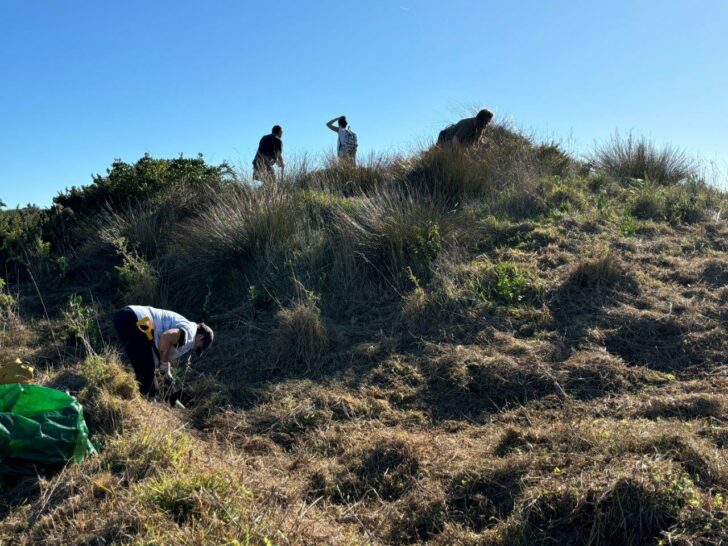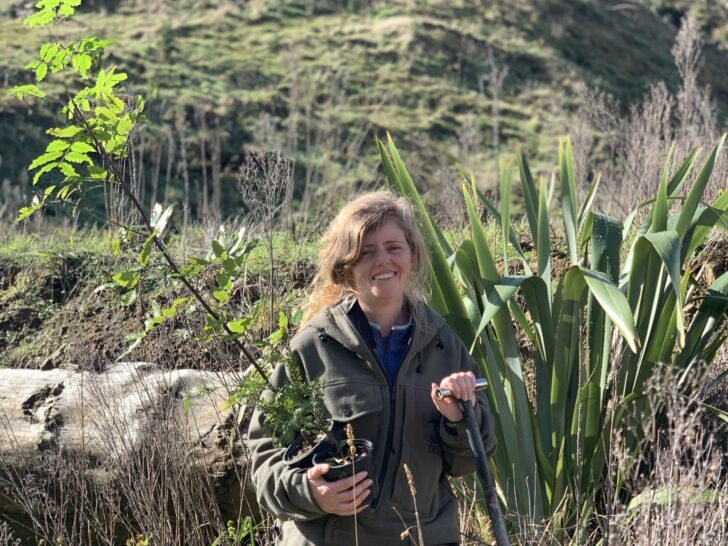Support our community to restore Taranaki's natural environment
We can’t do it alone. We need your help! Any money you donate will go directly to supporting Taranaki projects restoring and protecting biodiversity. You get to choose where it goes to. And if you can’t help out with cash, you can help in other ways.
With a little help from our friends
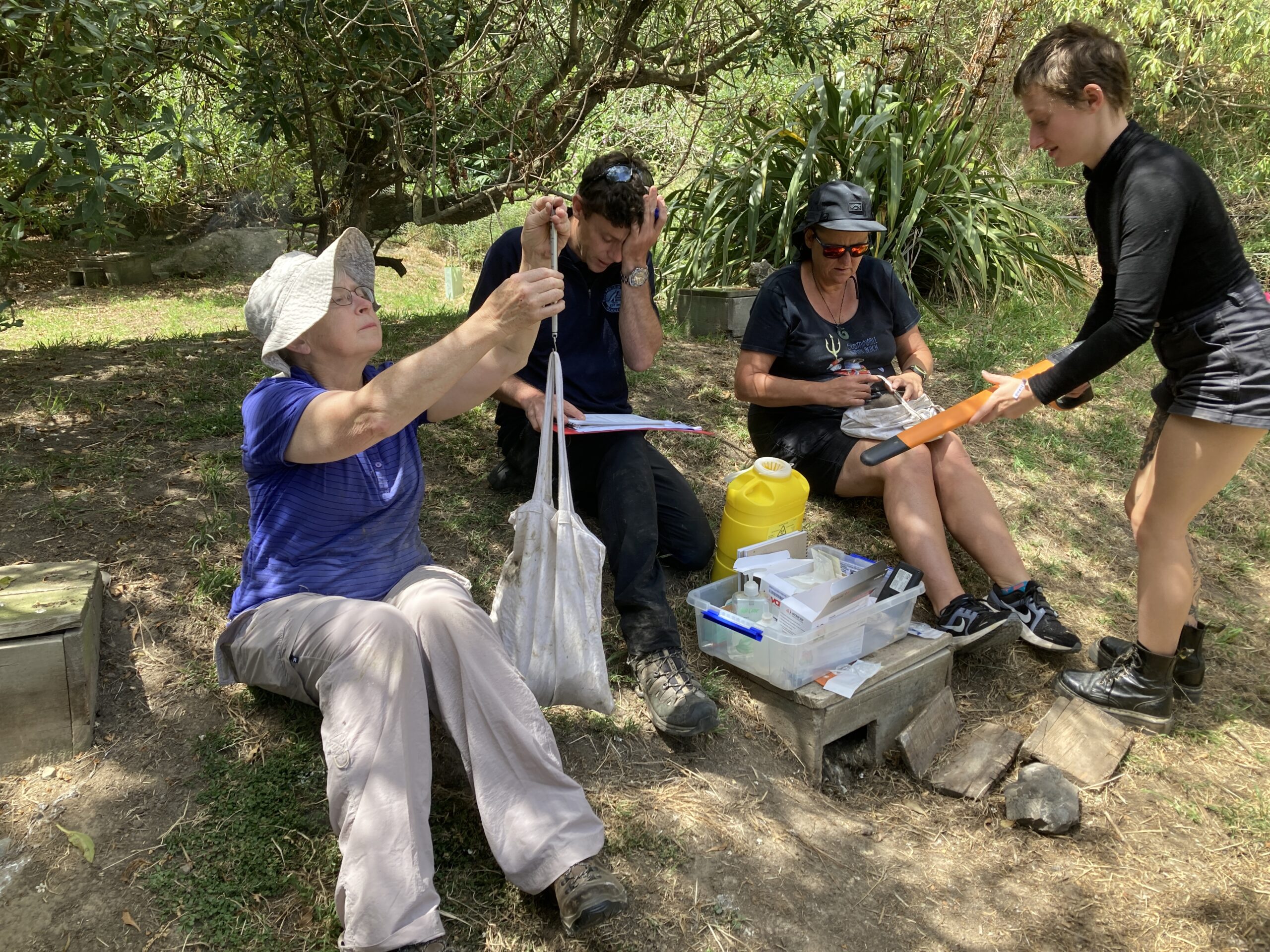
It’s always heartening to hear about the incredible biodiversity restoration work happening beyond our regional networks, nationally and even internationally. Experiencing it firsthand is, of course, even better. Not only does it give us a glimpse of what can be achieved but it is also gives the opportunity to learn from peers and collect tips and tricks to apply at home.
It was with this goal in mind that Kororā Kōrero team members Barbara, Elise and Tamara (representing Ngā Motu Marine Reserve Society and Tiaki te Mauri o Parininihi respectively) set off last December, bound for Oamaru and its thriving kororā population. December, for all kororā research groups, is when new chicks (which will have started to hatch in September) are large enough to get chipped. In a similar process to our pet cats and dogs, an identifying microchip can be inserted under the skin between a kororā’s shoulder blades. Once inserted, the chip can be scanned without having to handle the bird. A win-win providing maximum data with minimal disturbance! The insertion process is however a technical ordeal which requires formal certification from the Department of Conservation’s National Banding office. It may sound like a lot for a two-minute procedure, but the birds’ welfare is central to everything that these professional groups do (paid and volunteer alike). The more skilled handlers become, the safer the birds will be.
Team Taranaki was welcomed to Oamaru by Philippa Agnew (Science and Environmental Manager at Oamaru Penguin Colony) and Henry Olsem (Oamaru Penguin Colony staff). They were to spend two days with Philippa and her team chipping upwards of 150 chicks! They quickly spilt into two groups and got to work. The beauty of working with that many birds is the opportunity of repeating (and eventually mastering) a sequence. Specific hand positioning, how to extract chicks from the nests safely (avoiding parental pecking!), how and when to dispose of rather large needle, and hygiene procedures for both handlers and birds were some of the focal points of the training. After three (smelly) days, all three of our trainees had chipped over 30 birds – something that would have taken months (if not an entire season) in Taranaki. This training is a monumental boon for Taranaki kororā work and we are so grateful for Philippa and Henry’s support and generosity in sharing their expertise.
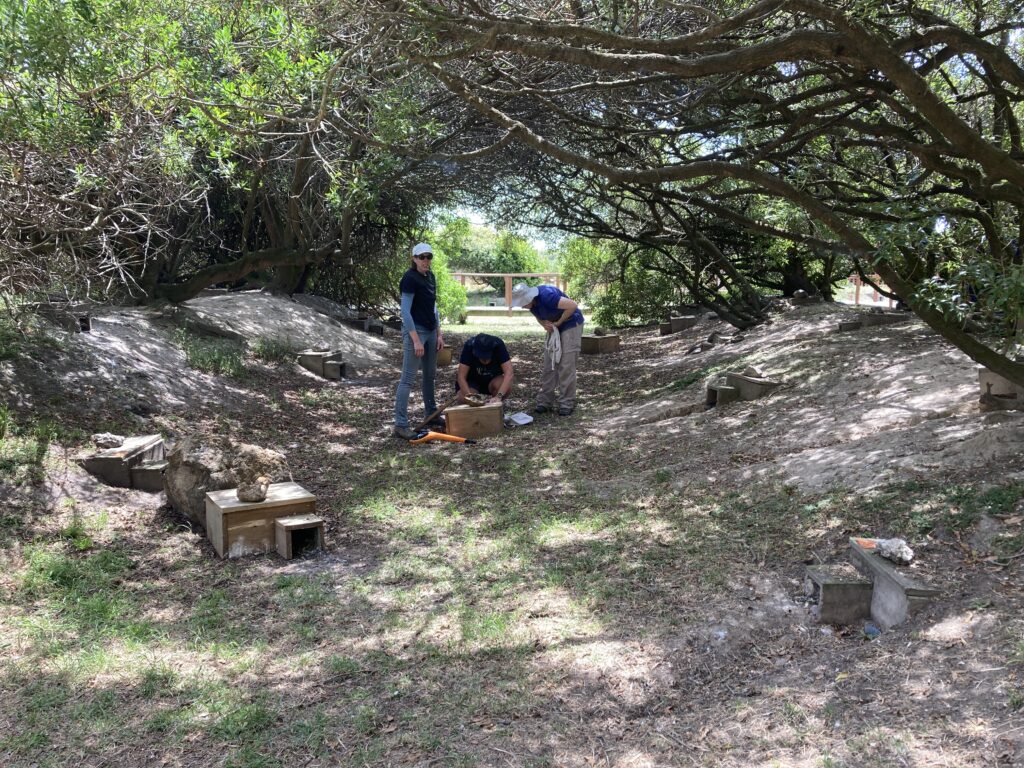
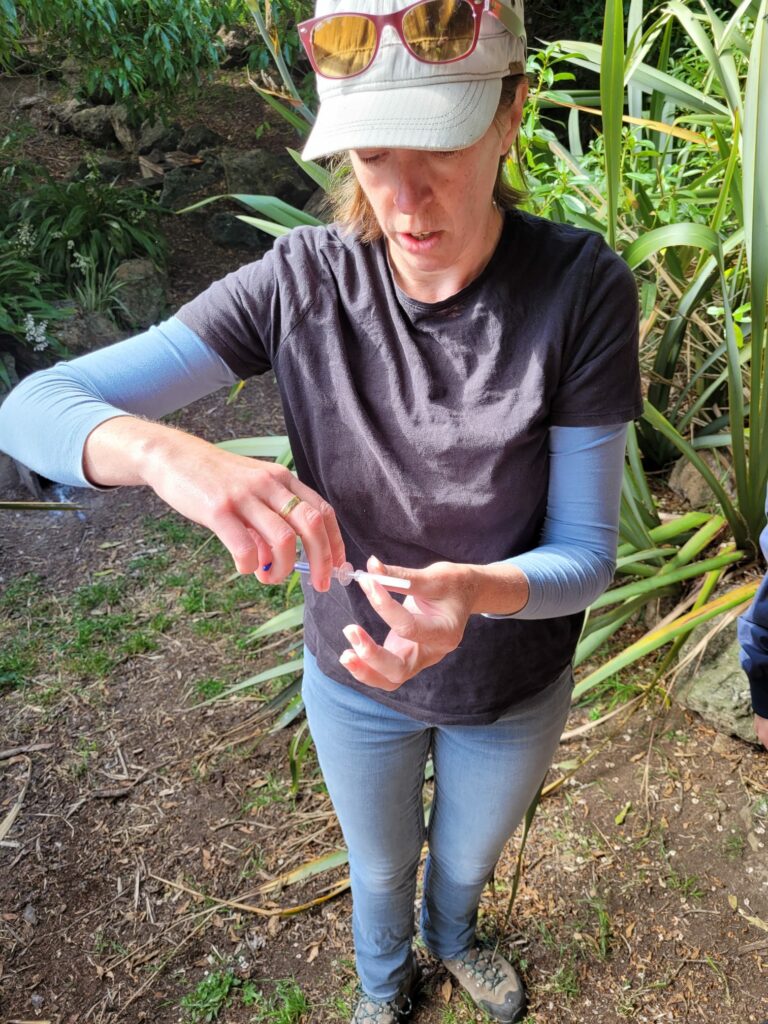
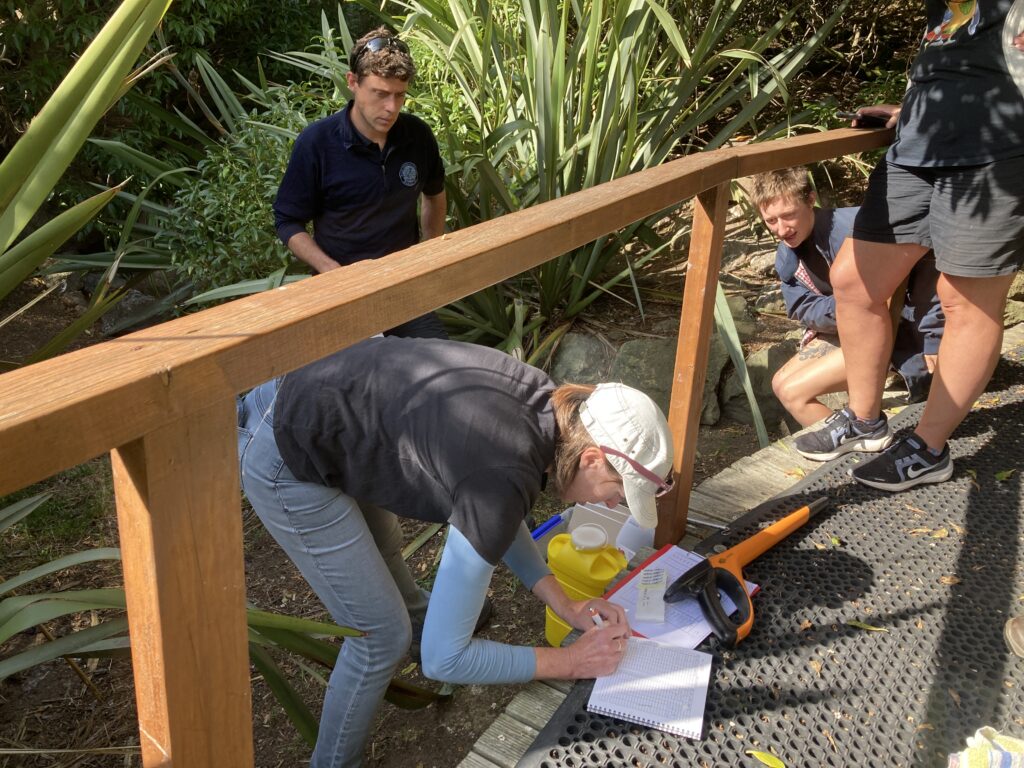
Kororā live all around Taranaki’s coastline and are present year-round. If there’s a rocky wall or a soft, sandy cliff top, chances are these little birds are nesting, or resting somewhere nearby. You can usually hear them or smell them before you see them. Unfortunately, this is exactly what makes them very attractive to all dogs, without exception. The absolutely best thing you can do for kororā this summer is to follow council guidelines and put your dog on a lead.
Wondering where you can find out more about Taranaki kororā project? Check out this video which was produced last year on the fantastic team and their work or get in touch via the Action Hub.

